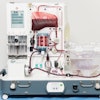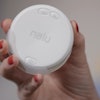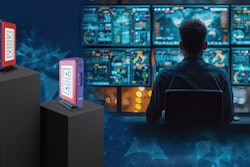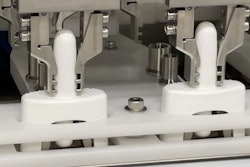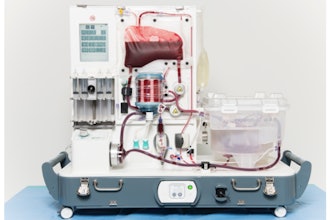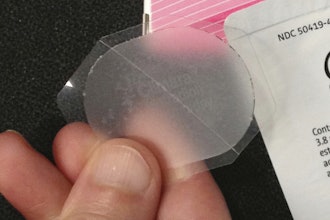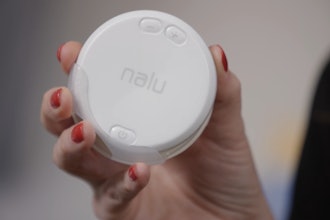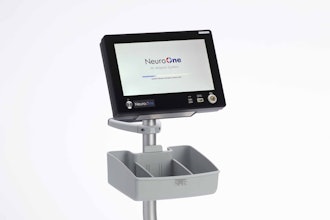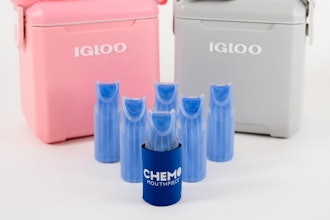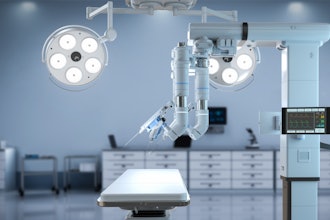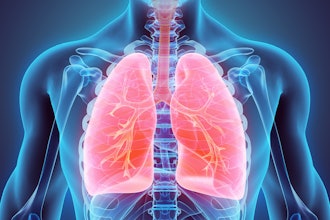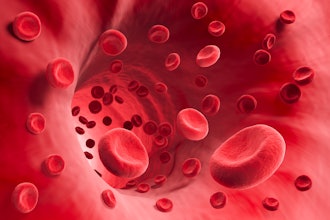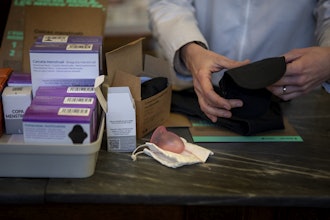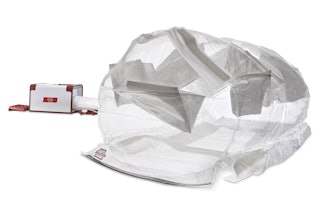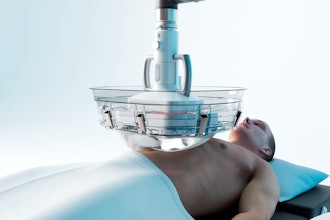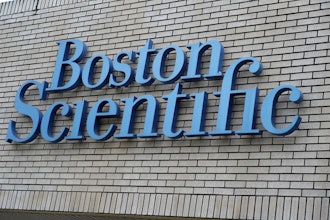
Auxilium Biotechnologies said it has successfully deployed its 3D bioprinter aboard the International Space Station (ISS). The company said this platform is the first of its kind, making history by printing eight implantable medical devices simultaneously in two hours.
Using the properties of microgravity, the Auxilium Microfabrication Platform (AMP-1) can create medical devices with increased precision and efficiency. Microgravity provides advantages for bioprinting, including uniform material distribution and the ability to create finer, more intricate structures that would collapse under Earth’s gravity. These benefits are critical for implants that incorporate biological materials or therapeutic agents, delivering consistency and reliability that Earth-based manufacturing struggles to achieve.
The AMP-1 bioprinting system remains on the ISS, using lightweight cartridges preloaded with biological materials to print implants that are returned to Earth. It requires less than a minute of astronaut time per print session, minimizing costly labor valued at up to $130,000 per hour. The system’s lightweight cartridges ensure cost-effective and sustainable transportation via commercial resupply missions.
AMP-1's initial applications focus on producing implants for peripheral nerve repair, with future milestones including preclinical animal testing and commercialization. In the near term, these implants will be used on Earth, while longer-term applications aim to support space exploration, including missions to the Moon, Mars, and beyond. The ability to bioprint implants in space could significantly improve medical care for the crew during long-duration missions.
Auxilium’s use of bioprinting in microgravity builds on NASA’s legacy in medical innovations, such as the LVAD (Left Ventricular Assist Device), enhanced digital imaging for MRIs and CT scans, and life-saving technologies like artificial heart defibrillators and insulin pumps. The AMP-1 has the potential to revolutionize medicine on both Earth and in space, further advancing space-based manufacturing's role in transforming medical solutions.
These cutting-edge bioprinting capabilities represent the next generation of space-based manufacturing. By leveraging funding from NASA’s InSpace Production Applications (InSpa) program, Auxilium has emerged as a leader in its category, commanding a strong market position and attracting investor interest. Auxilium’s success underscores the critical role of small businesses in shaping the future of space exploration and commercialization.

